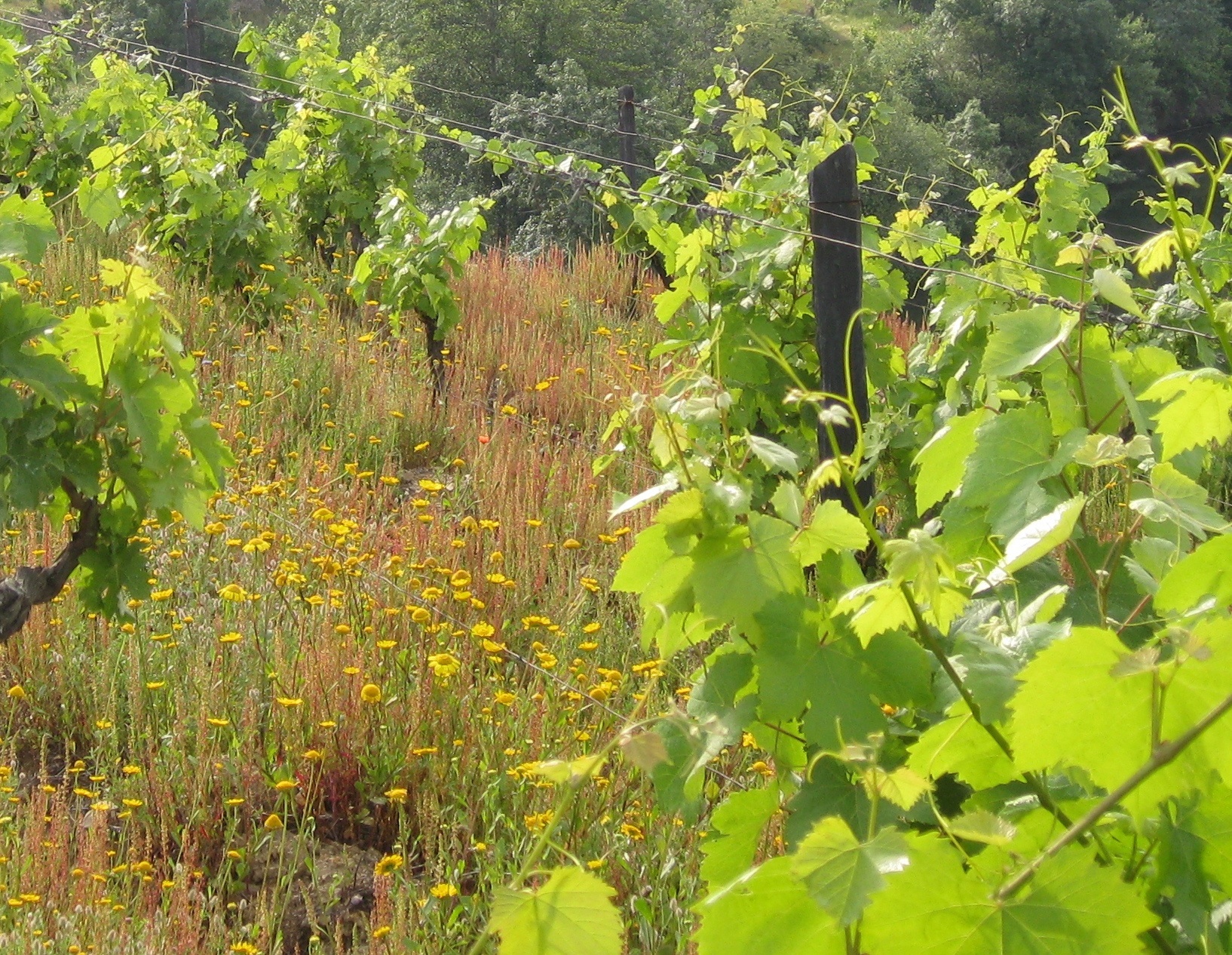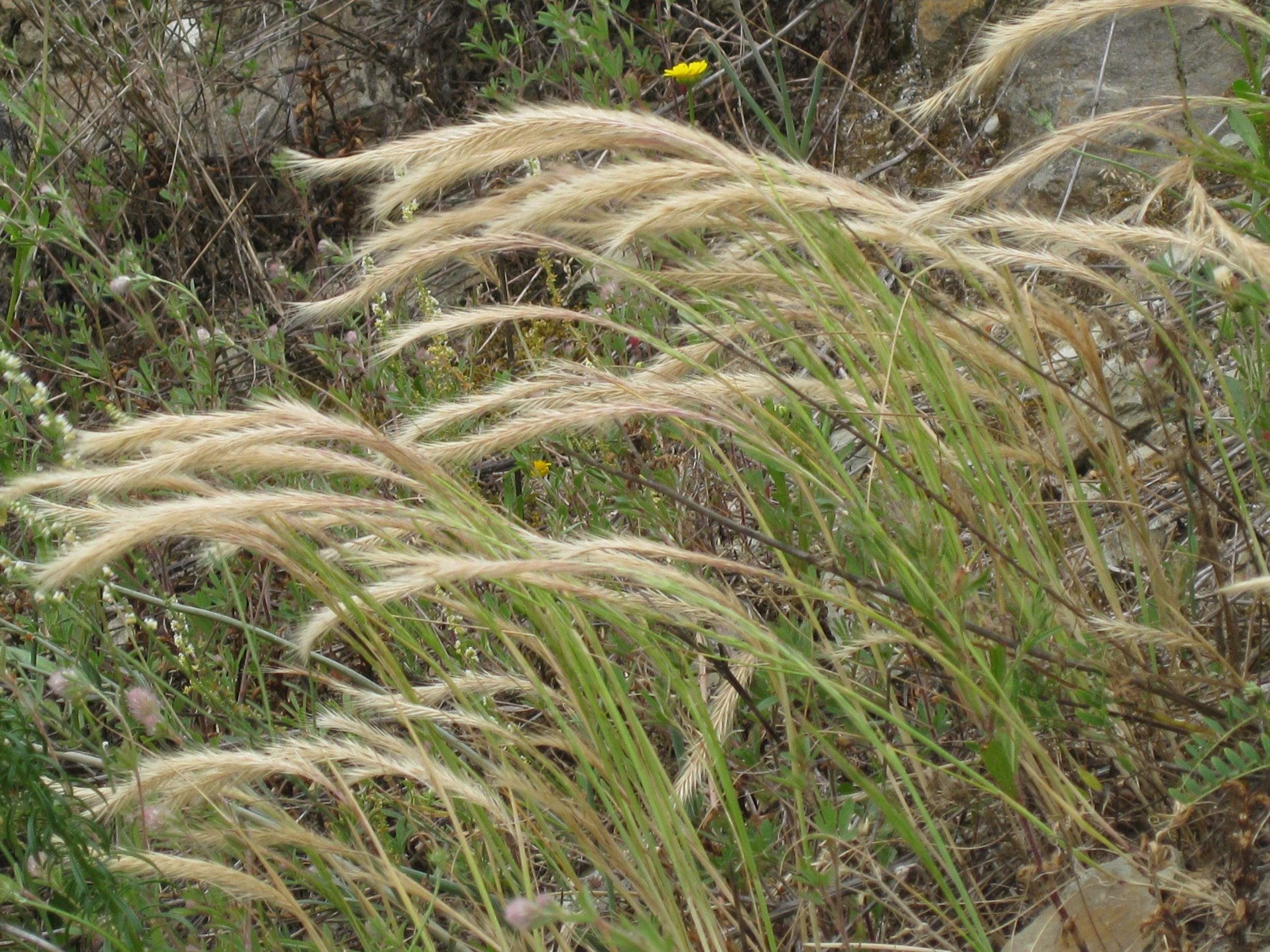Wildflowers at Quinta do Tedo in the Spring, a riot of colors….yellows, purples, pinks, blues, white and many shades in between. I have been to many viticultural regions in the world, and can comfortably say that the diversity of wildflowers and plants in our vineyards is impressive. We practice organic viticulture, so we depend on and benefit from the diversity of plant life. Jorge tells me that 50 to 60 types of seeds are usually in a planted area at our quinta. Many other vineyards have only to show the plants that are resistant to herbicides.

Why the diversity of plant life in the vineyards?
The cornerstone of organic viticulture is the soil and maintaining a healthy biologically active soil is our main objective, that will in turn help to produce grapes of excellent quality. Promoting biodiversity and allowing plants other than grape vines to grow in and around the vineyards: call it a natural cover crop! We allow the wildflowers and weeds, many self seeding, to grow and mow them periodically so that the cut mass rots back into the ground, providing organic fertilizer.
Our natural “cover crop” has a predominance of compositae plants (daisies, asters, marigolds, etc), with a deep root system, and of gramigna (grasses to include rye and fescue), that have a thin (capillary) root system, to cover a large volume of soil, and both work together to protect against soil erosion. Not to forget are the leguminosae plants (eg clover, serradela, lupine, vetch) that are able to “fix” atmospheric nitrogen in the ground; hence a natural fertilizer. As well as providing habitat for desirable insects, and in turn for pollination, the importance of our wildflowers and weeds is key to our success as a highly-regarded winery producing outstanding port, wines and olive oil.
200 hectares of the 47000 hectares in the Douro region are grown organically: Quinta do Tedo has 14 (27 acres) of the 200 hectares! 1 cm (<1/2“) of soil takes 100 years to be created, can be lost with 10 cm (4”) of rain in 2 days, hence the importance of these plants in the steep hillside vineyards of the Douro.





